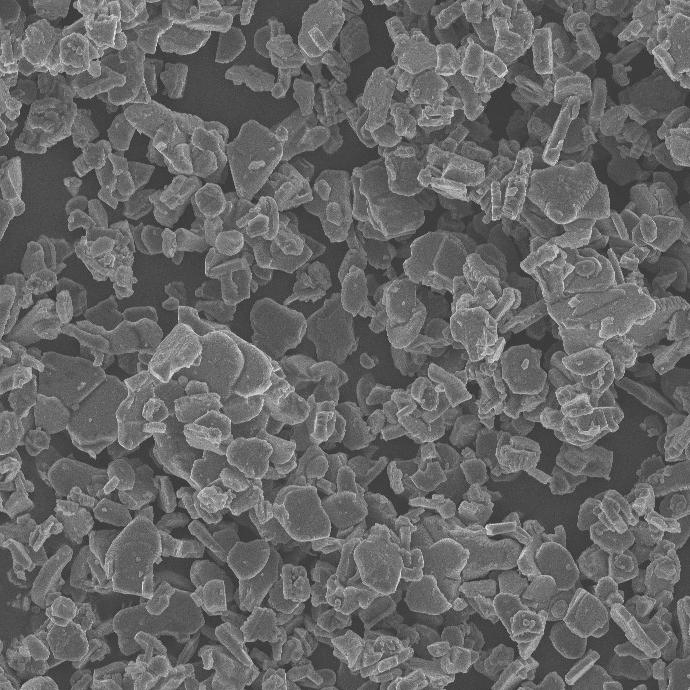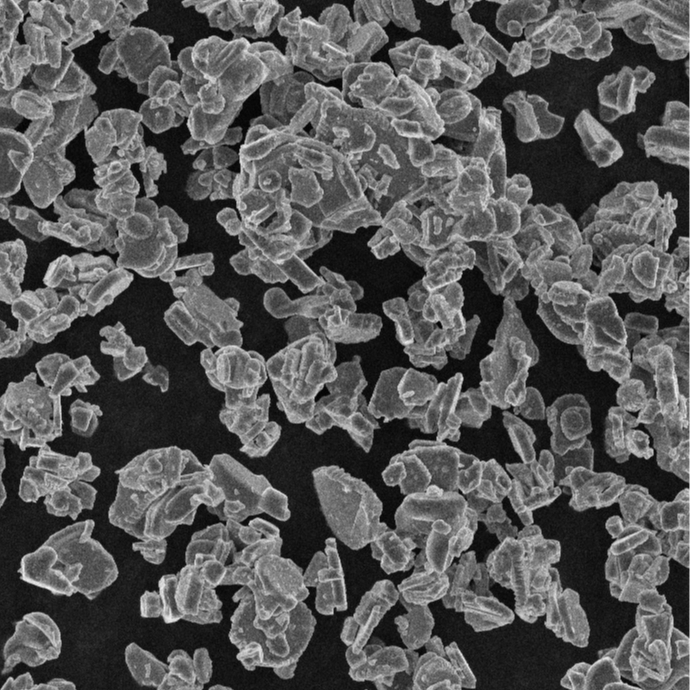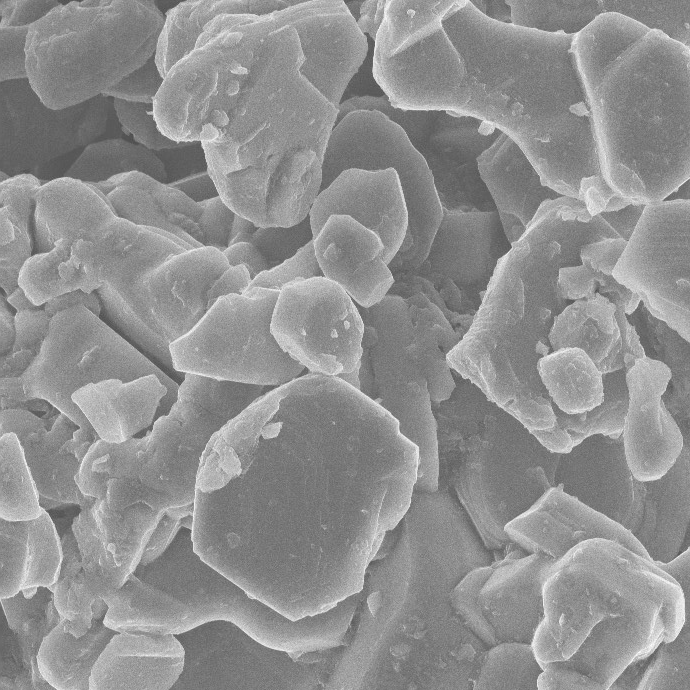Sodium-ion battery
Sodium and lithium are alkali metal elements belonging to group IA of the periodic table, both elements have similarities in physical and chemical properties, and both can be used as charge carriers in secondary batteries. Structures, components, systems, and charge storage mechanisms of sodium-ion battery are essentially the same except that lithium ions are replaced with sodium ions

Sodium-ion battery
Sodium and lithium are alkali metal elements belonging to group IA of the periodic table, both elements have similarities in physical and chemical properties, and both can be used as charge carriers in secondary batteries. Structures, components, systems, and charge storage mechanisms of sodium-ion battery are essentially the same except that lithium ions are replaced with sodium ions
Advantages of sodium-ion battery
Compared with lithium, sodium has greater advantages in terms of resource reserves, geographical distribution, raw material costs, safety, etc.
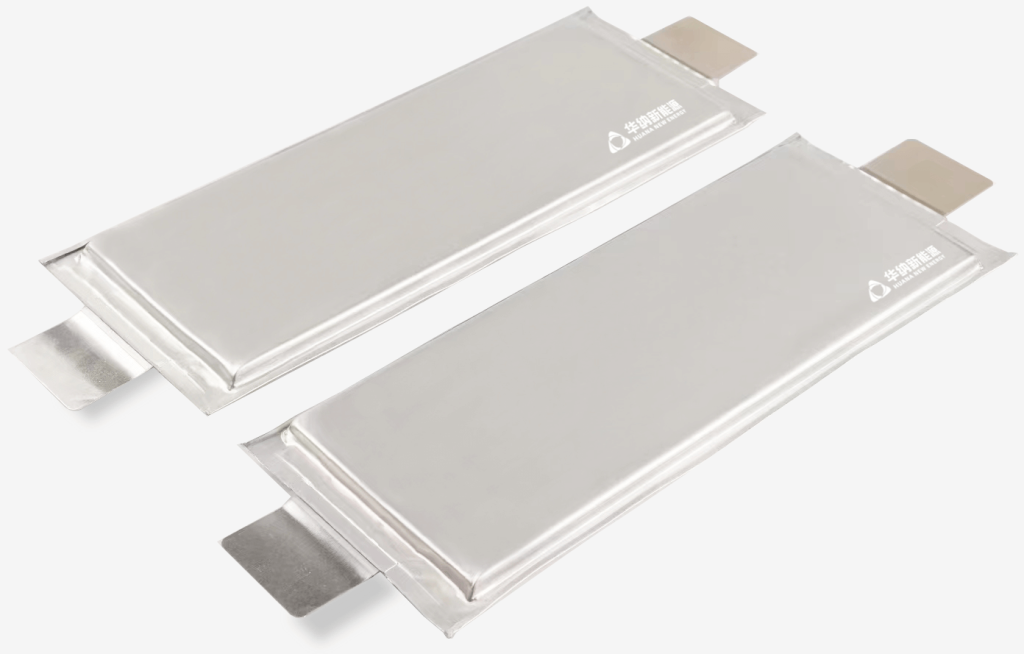


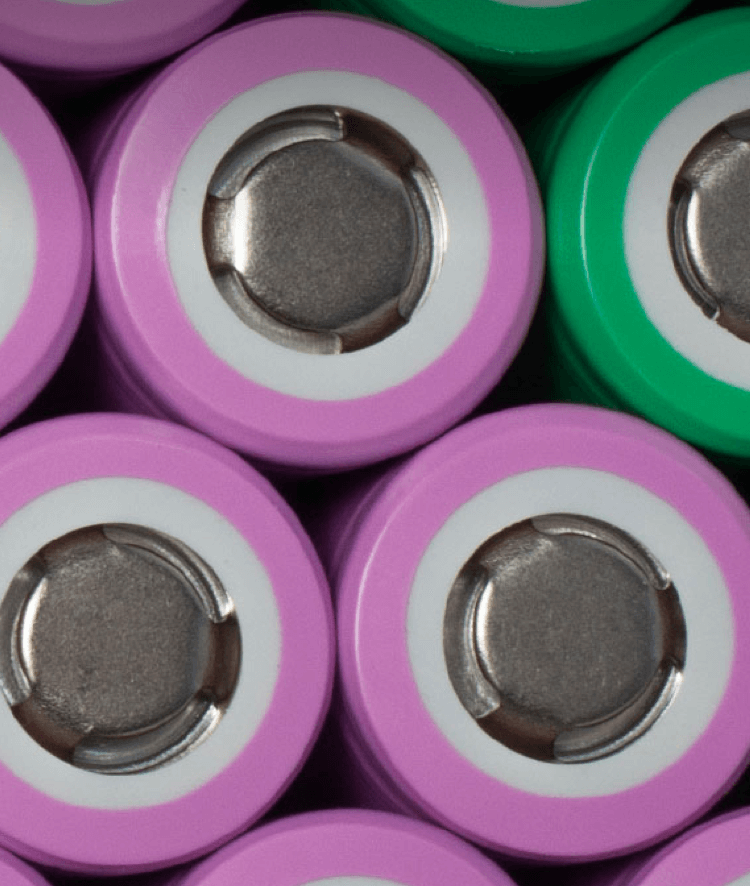

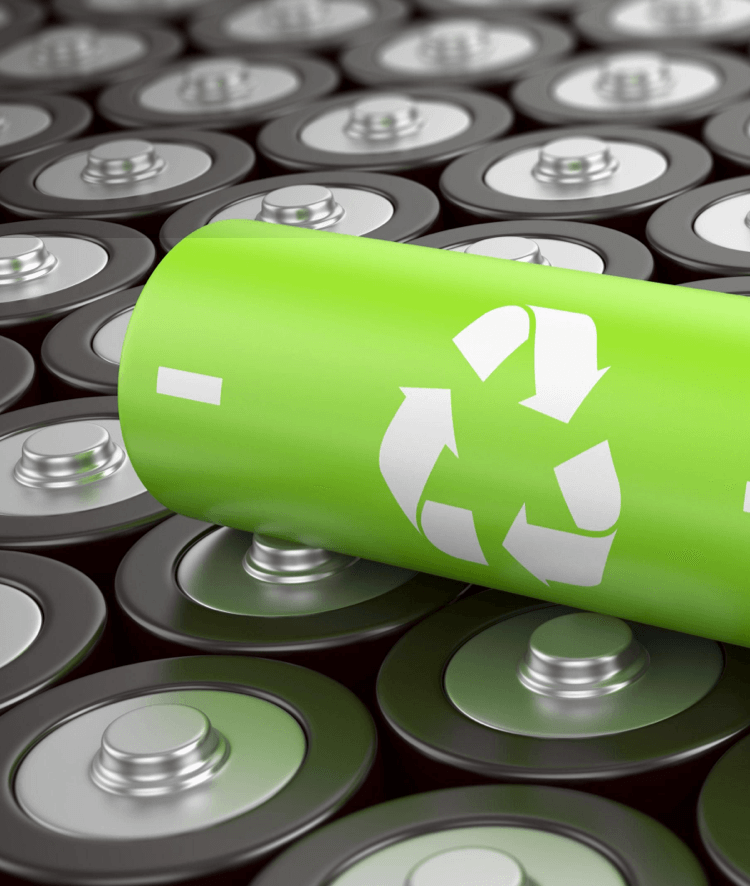
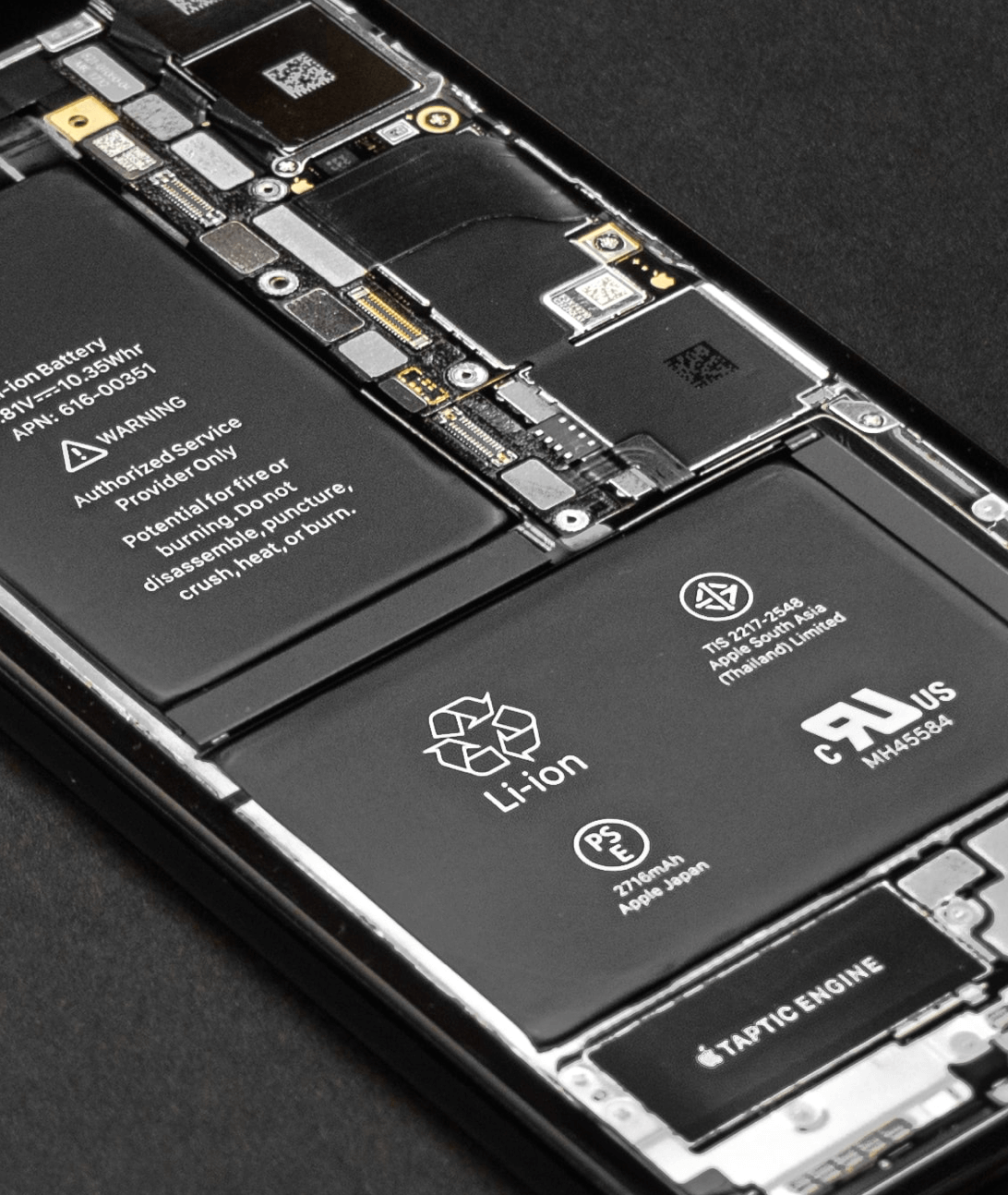
Advantages of sodium-ion battery
Compared with lithium, sodium has greater advantages in terms of resource reserves, geographical distribution, raw material costs, safety, etc.







Email:huana@hnnewenergy.com
Tel:0531-85975505
Contact us
- huana@hnnewenergy.com
- 0531-85975505

